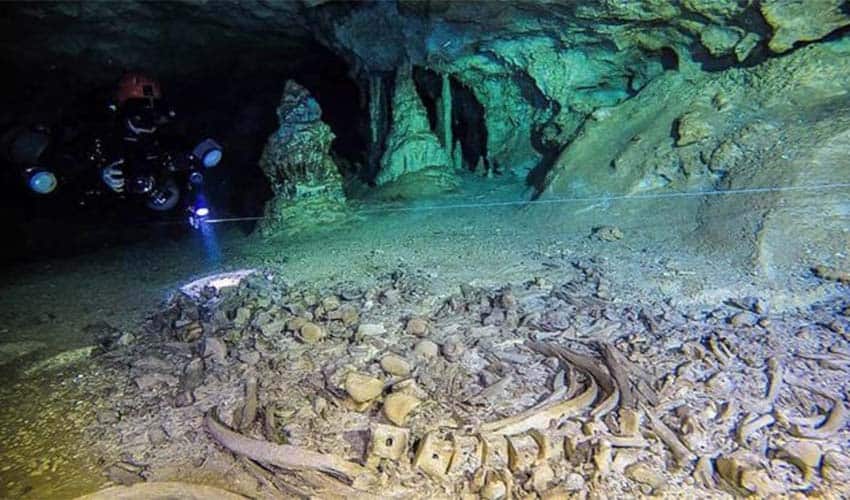Sac Actun, a 368-km cave system under the Yucatán Península, is one of the world’s 100 most important geological sites according to the International Union of Geological Sciences (IUGS).
The first-ever ranking to compile a database of geological sites of scientific value, the project had the support of UNESCO and seeks to accomplish a worldwide inventory of geological heritage of international relevance.
Sac Actun, the only site in Mexico to have made the list, is the largest underwater cave system in the world and the second largest cave after the Mammoth Cave in Kentucky, United States.
According to the IUGS report, “the extensive cave systems under the Yucatán Peninsula have been a guardian of hidden and invaluable treasures to learn from our history,” and a crucial site to understand how sea level has changed over the past 800,000 years.

According to the IUGS website, “a geological heritage site is a key place with geological elements and/or processes of scientific international relevance,” that have made a major contribution to the development of geological sciences throughout history.
Being underwater, the caves also have created a unique environment for the conservation of human and animal remains, which has led to changes in science’s understanding of human history on the continent. Well-preserved remains of Pleistocene humans and animals dating back thousands of years before the Maya inhabited the area have been discovered there, including the remains of a 13,000 year old adolescent girl.
The importance of the cave system also lies in its ecological value – Sac Actun provides almost all the fresh water used in the area, while also supporting the entire jungle ecosystem above it.
Concerns have been raised about the Maya Train project posing an environmental threat to its surroundings, including Sac Actun, which experts reported in 2018 was among the underwater systems that could be affected by the train’s construction.
With reports from La Jornada Maya and IUGS report
